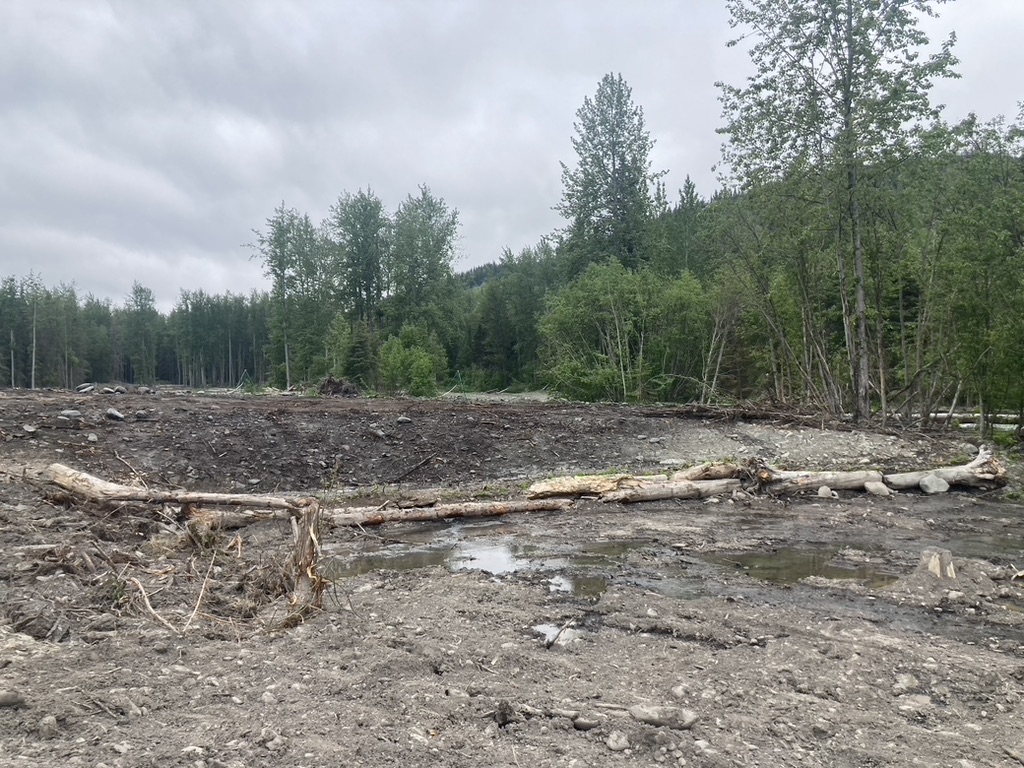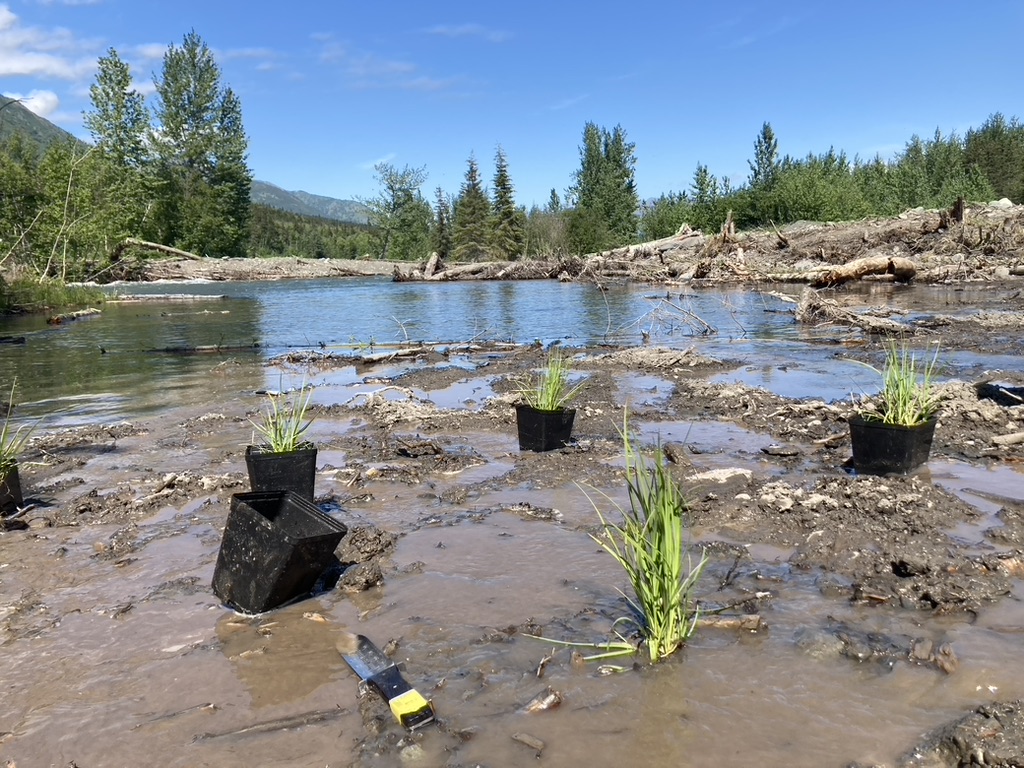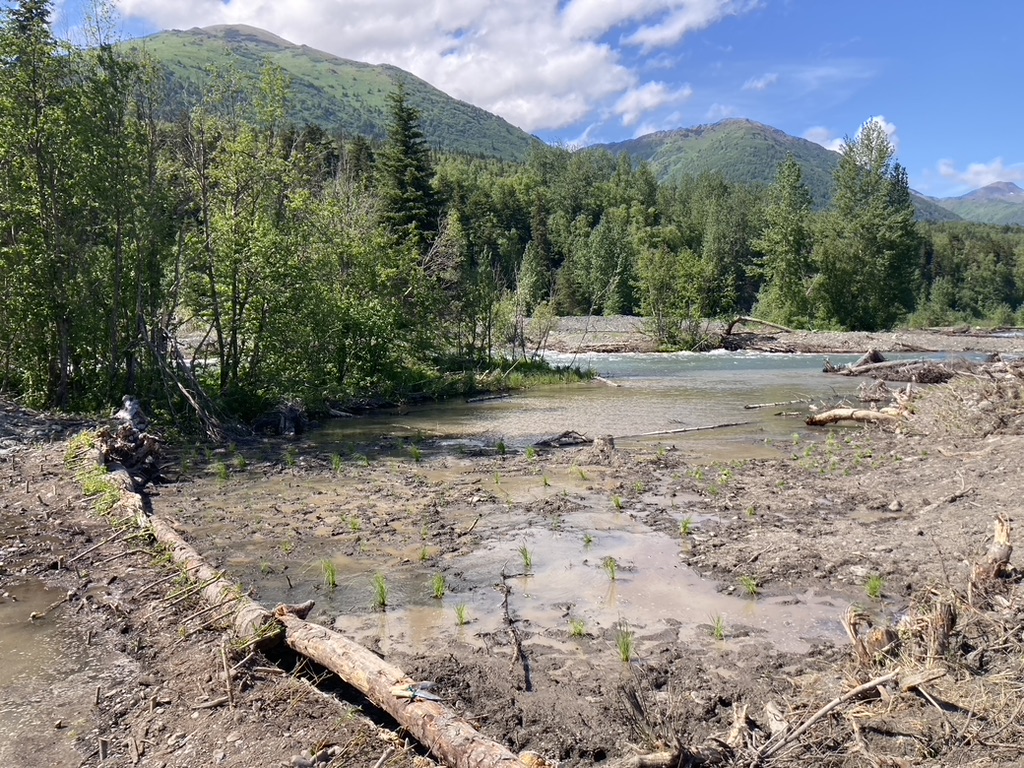The primary goal I came into this internship with was to delve deeper into the role that native seed systems are playing within the greater context of restoration efforts both in Alaska and in the greater US. Investigating various types and methods of restoration has been of central focus of my work and studies for a while now. Over the past couple years I’ve been curious about what native seeds systems look like on the ground, how people are implementing them, and how they are building them out. Personally, I can’t help but think at the systems level; a wide angled, zoomed out view of the integrated whole. Therefore, when I’m learning small details I tend to draw them to the larger context to make sense of them within the greater whole. Therefore, within the subject of native seed systems, I’m constantly thinking about how they play into greater restoration projects and methods, and how they fit within some of the most pressing global issues of our time like climate change, widespread extinction rates, and deeply embedded social injustices.
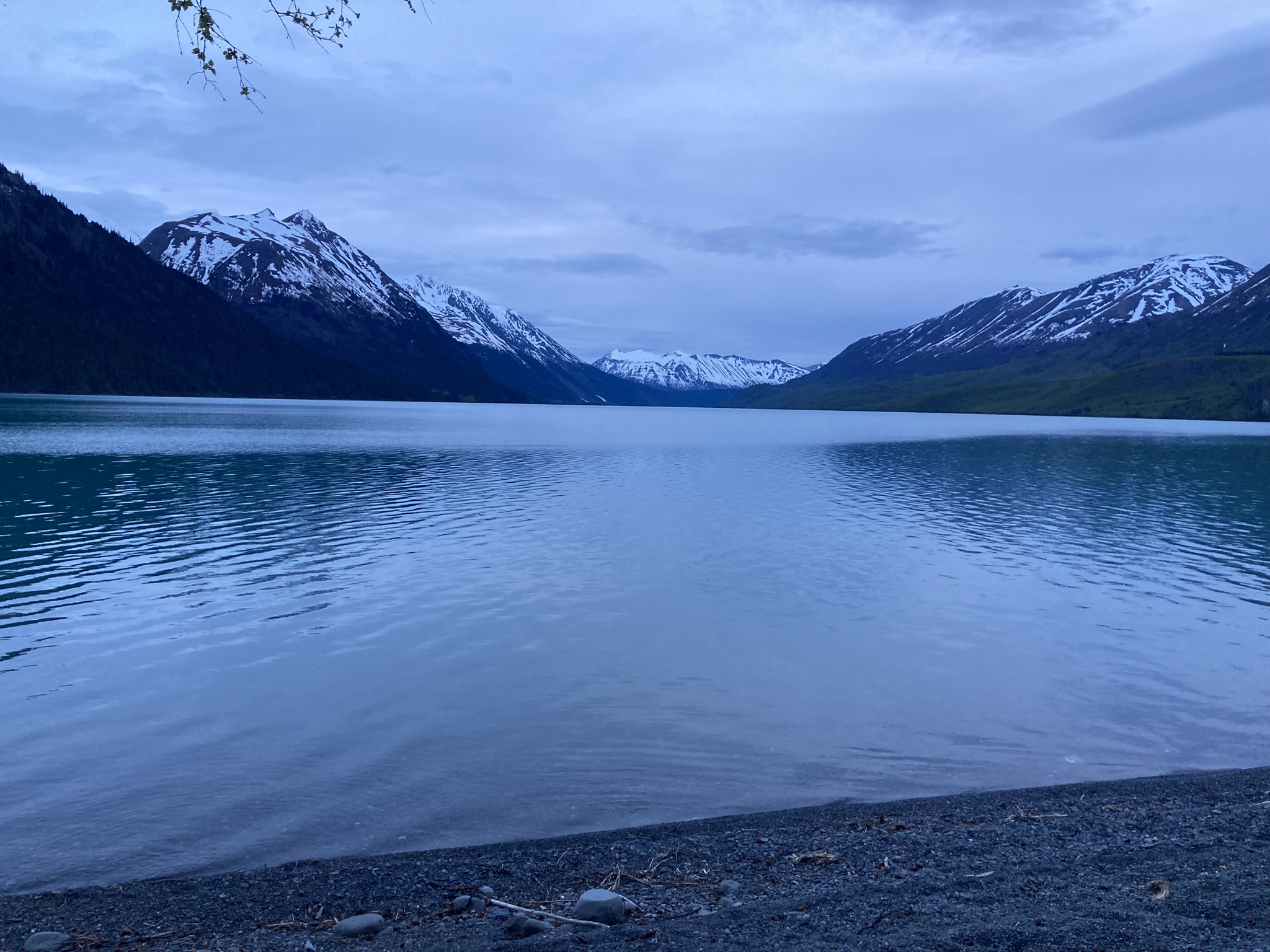
I was able to steep within these questions and contexts during the first couple of weeks of my internship. My position is based in the Chugach National Forest in Moose Pass, AK, and I work out of the Kenai Lake Work Center. The setting is quite stunning: old rugged snow capped mountains that fall into the sea. The interior of the Kenai Peninsula is dappled with many alpine lakes, most of aqua hue. Some of the rivers run the same color. I arrived in time to see the snow still reigning in the alpine areas (over 800 inches fell here last winter) and exactly as the red salmon began to run. As I write now, two weeks later, it is the day after the summer solstice and everything has awakened and is thirsting for life. Since the summer seasonal window is so much shorter here than the lower 48, the summers really come in a burst of life that makes you come fully and wildly alive too. I feel like a child again, refusing to sleep because I don’t want to miss a thing.
The history of this place, and context of the restoration project where our seed collecting efforts are being funneled, are wrapped within the raw elements that initially formed this unique environment and make this area so awe-inspiring. 65 million years ago when the Kenai Mountains were formed, gold formed load deposits within the rocks during its crystallization. Due to the weathering and then the glacial formation about 2 million years ago, the gold was further dispersed. When the glaciers melted, starting about 12,000 years ago and continues to accelerate today, streams especially reworked and uncovered the dispersed placer gold, or gold that has been separated from sand or gravel due to erosion and weathering. The seemingly disconnected presence of gold on the Kenai Peninsula is the underlying impetus for our seed gathering this season. This is because our seed collection is for a riparian restoration project on US Forest Service land that is within an active mining claim.
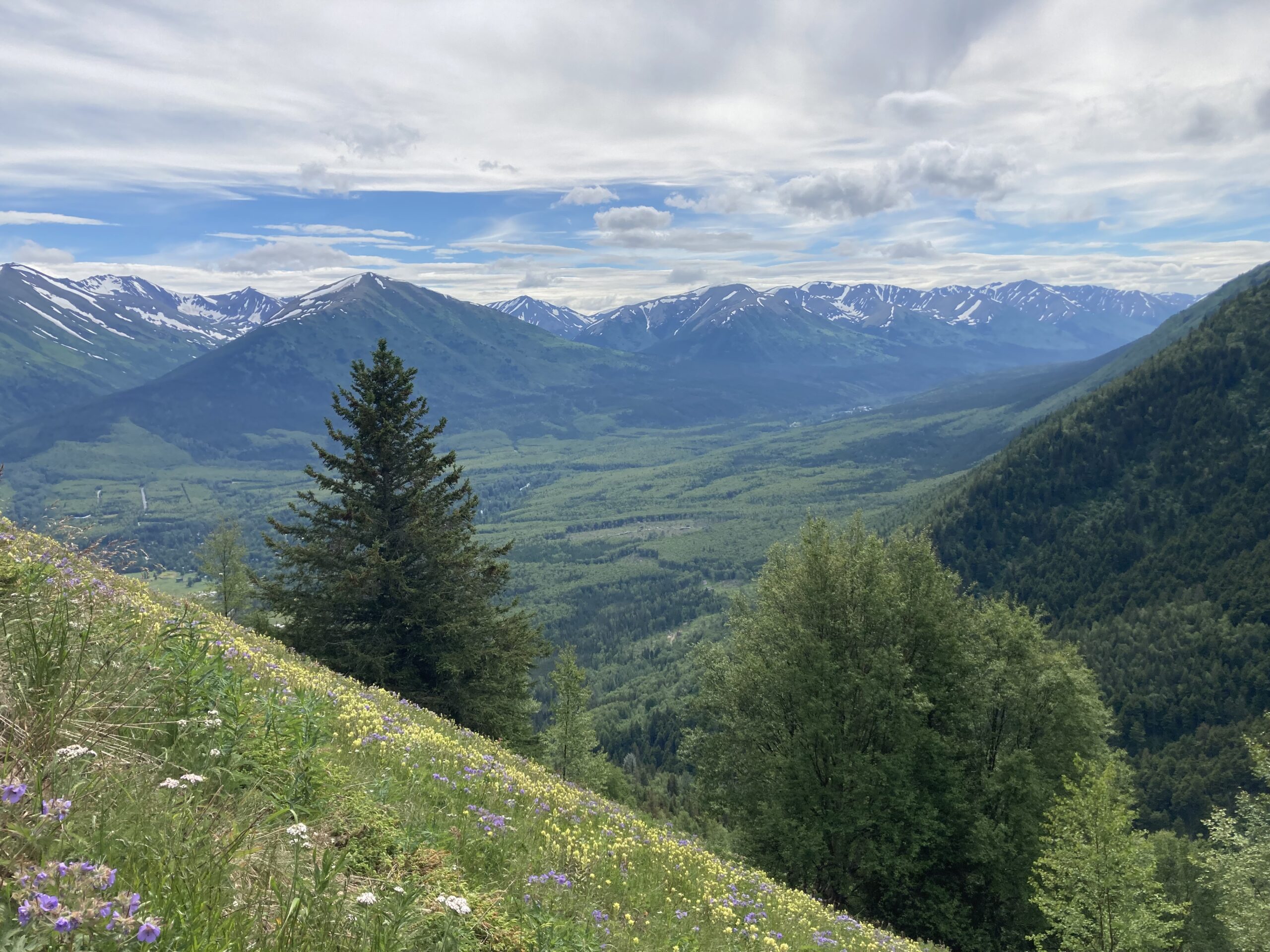
The site of the mining and restoration project is on Resurrection Creek on the Northern coast of the Kenai Peninsula, just outside of a small town called Hope, AK. This river runs into the sea at the Turnagain Arm and is critical spawning and rearing habitat for a keystone species of this region: salmon. Chinook, coho, chum, and pink all used to run this river. But during the gold rush of the late 1800’s and early 1900’s, miners significantly altered stream channels and wetlands of the creek to the extent that it decimated salmon habitat and populations there. In the early 2000’s, the first USFS restoration project on this mining claim, referred to as “Phase I” took place. This portion of the project restored a 1.5 mile stretch of the creek to mimic a more natural flow by digging new stream channels which meander, creating pools and side channels, as well as ponds and wetland areas with the intent to create an environment where salmon can run, rest, and spawn once again. The results were quite successful and almost immediate. A year afterward, Chinook salmon numbers increased six-fold, and have only continued to increase. Pink and chum salmon have also returned. During Phase I of this project, the area was largely allowed to revegetate naturally, alongside some monitoring and minimal necessary treatments towards more aggressive invasive plant species that arose. Twenty years after the implementation of Phase I, the restoration of the riparian native plant community has been largely successful, alongside the restoration of the salmon.
The project that our seed collection efforts this summer will be contributing to is the second portion of this restoration project along Resurrection Creek, deemed “Phase II.” This phase is an additional 2.7 miles of stream downstream from Phase I to be restored in a similar manner and for the same purposes. The only difference this time is that this project must be done by standards set by the Army Corp of Engineers. Due to these standards, the USFS is required to revegetate the restoration area with a certain percentage of wetlands and needs to achieve 75% vegetative cover in the restoration site within 5 years. Given the barrenness of the site and quality of ground material present there now, this seemed like quite a lofty goal to me. But with all challenges acknowledged, these are where our efforts come in.
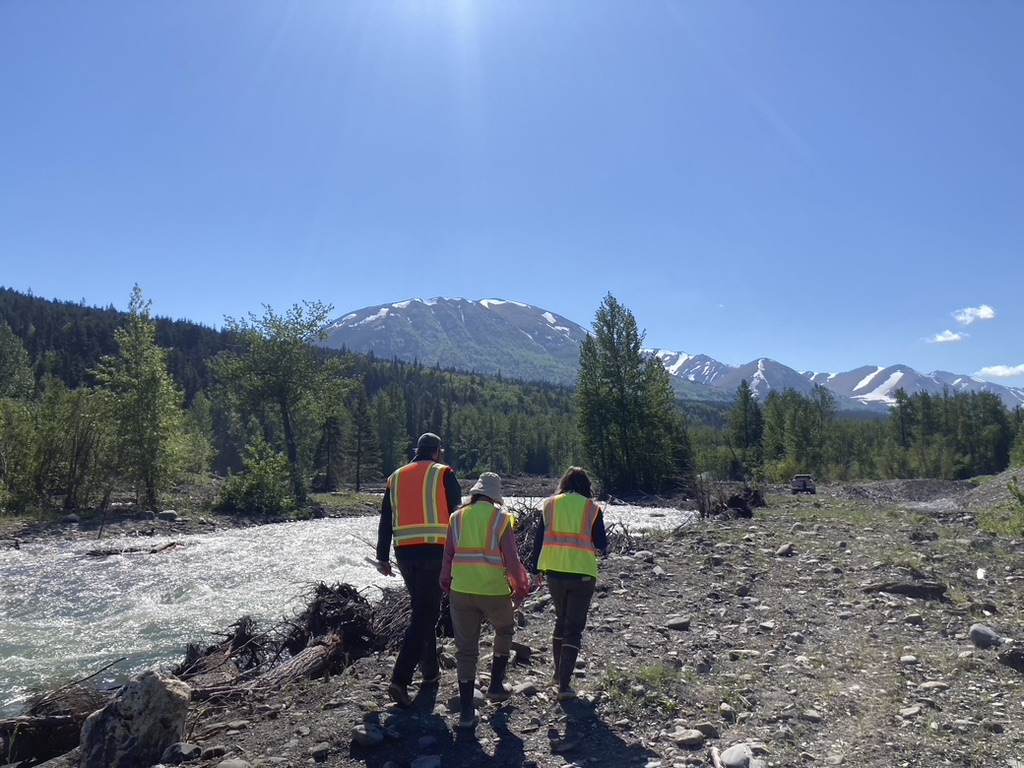
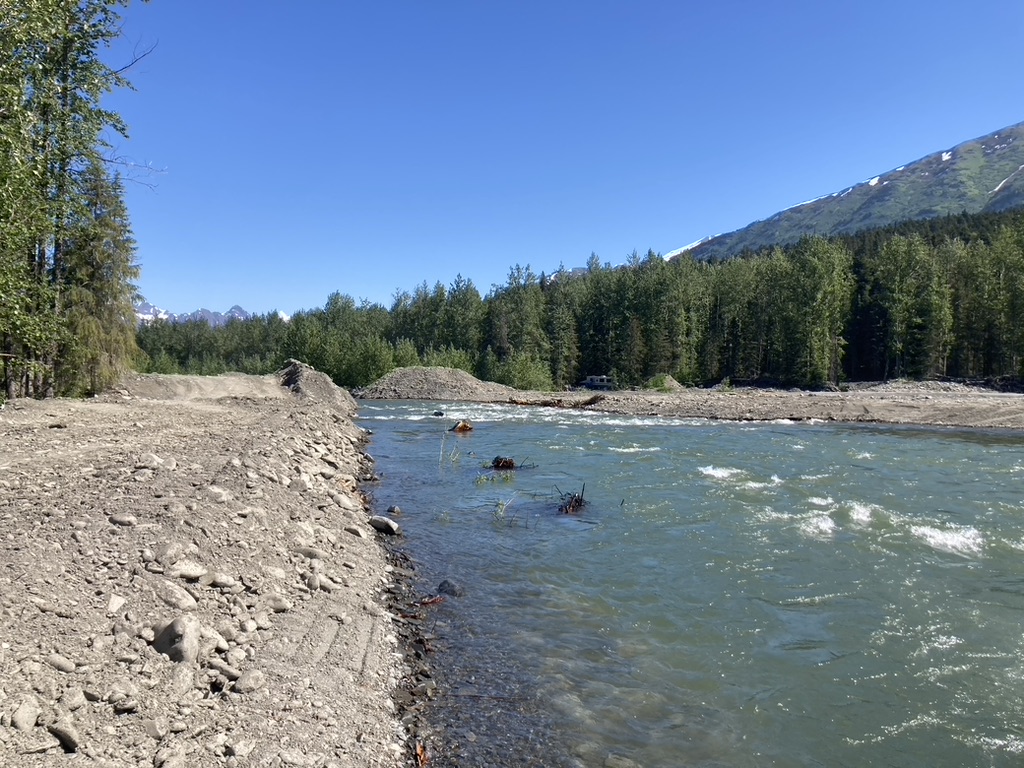
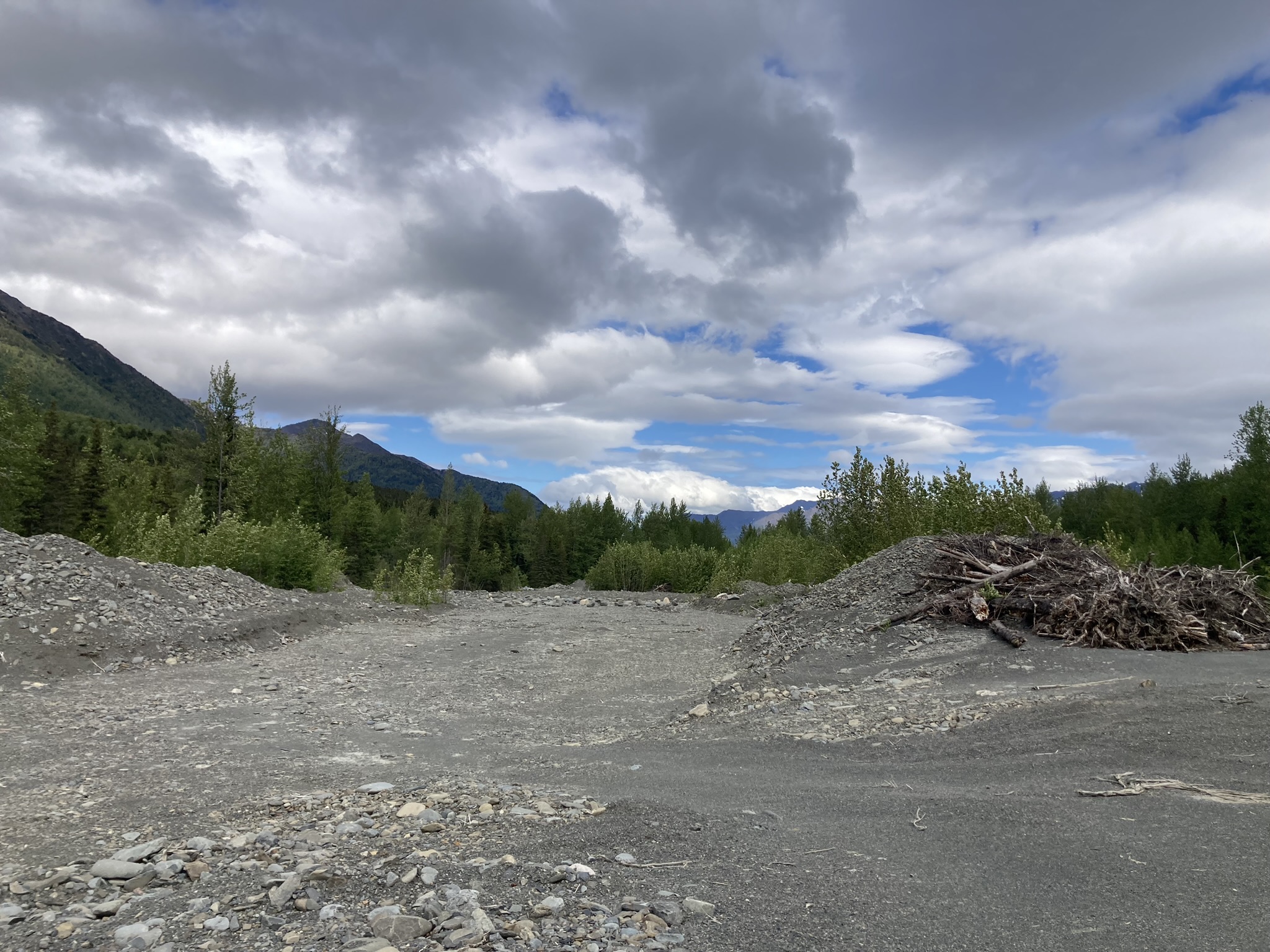
The first day I went to the site, I couldn’t believe how devoid of life it felt and looked, nor the enormity of the project. Although the force and beauty of the river were present and its wildly meandering movement had been restored, the barren, compact gravel substrate covering the river’s banks and flood plains following its reconstruction made my stomach churn. It was a gray moonscape, without a drop of green. We walked the site and saw where the future river would flow. Not only were enormous amounts of earth and rocks being moved and molded, but we walked down the restoration site for maybe about a mile and it seemed to stretch on and on. It was truly incredible the lengths to which this project is going to restore habitat for salmon, as well as other species. My advisor, Peter, pointed out areas of vegetation downstream filled with native riparian species, like horsetail, that we could salvage out of the future river’s path to be transplanted in areas where they could continue to thrive if the transplanting worked. The project was exciting, interesting, and complex, but needless to say, it felt quite daunting. This was our garden, but instead rich topsoil, we had nutrient poor gravel and instead of well versed cultivars, we had particular, finicky, yet resilient wild seeds and transplants.
Later that week, Peter and I took two trips to Anchorage to pick up over 7,000 native plant starts to be planted at the restoration project this summer. These were grown from the seeds that Chicago Botanic Garden interns had collected the previous season here in the Chugach. The transplants were grown by the Soil and Water Conservation Districts centralized in Anchorage. When we arrived to pick up the plants, it was a circus of volunteers carrying large flats of plants you usually don’t see grown as plugs. The regular gardener might not have been very impressed as many of the plants weren’t as showy as you usually expect to see grown in a cultivated manner. But to the seasoned eye, this was something extra special. Native sedges and grasses that are particular and finicky about their growing conditions and habits were big, bushy, and beautiful. Carex mertensii, carex aquatalis, carex canascens; flats of sedges that you typically only see growing in the wild, had emerged rapidly after being cold stratified and were anxiously waiting to get to their new home. The managers and volunteers were very excited about the gift that they had grown as well. I learned that much of it had been trial and error, as so many of these species had no previous protocol on how to be grown from seed. It was quite the puzzle loading the plants in the trailer and carting them 2 hours southwest to the restoration site. But almost all of them made the journey, and there was a SCA (Student Conservation Association) crew there ready to plant and water them over the next couple of months as they get established in their new home along the river at the restoration site.
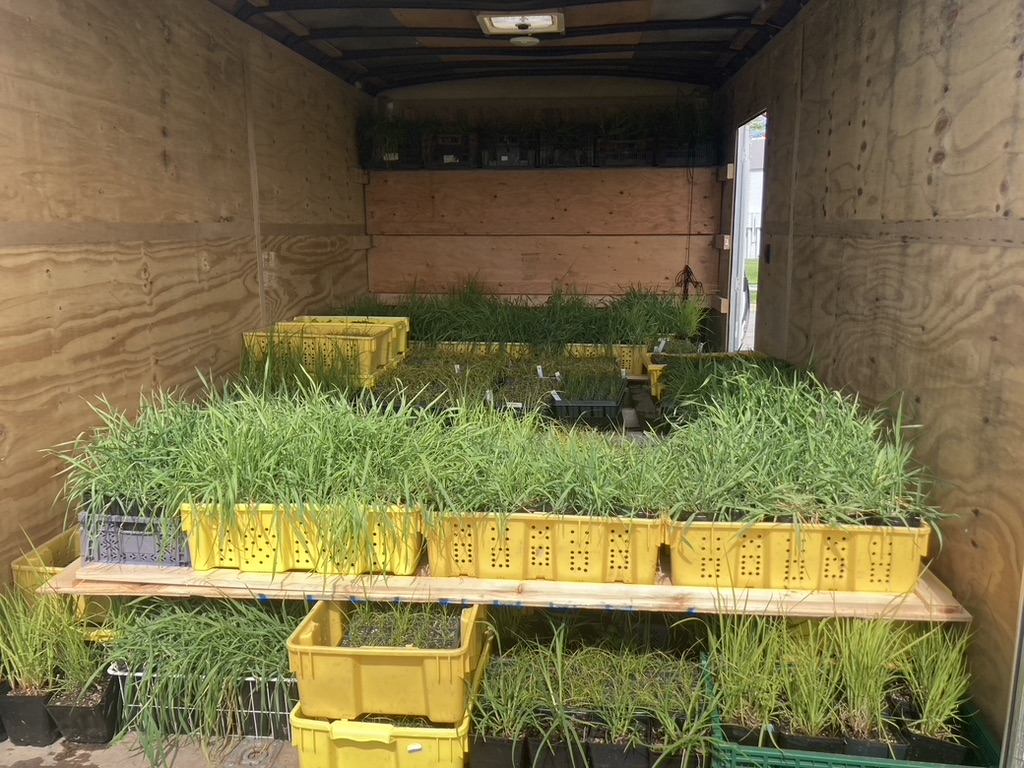
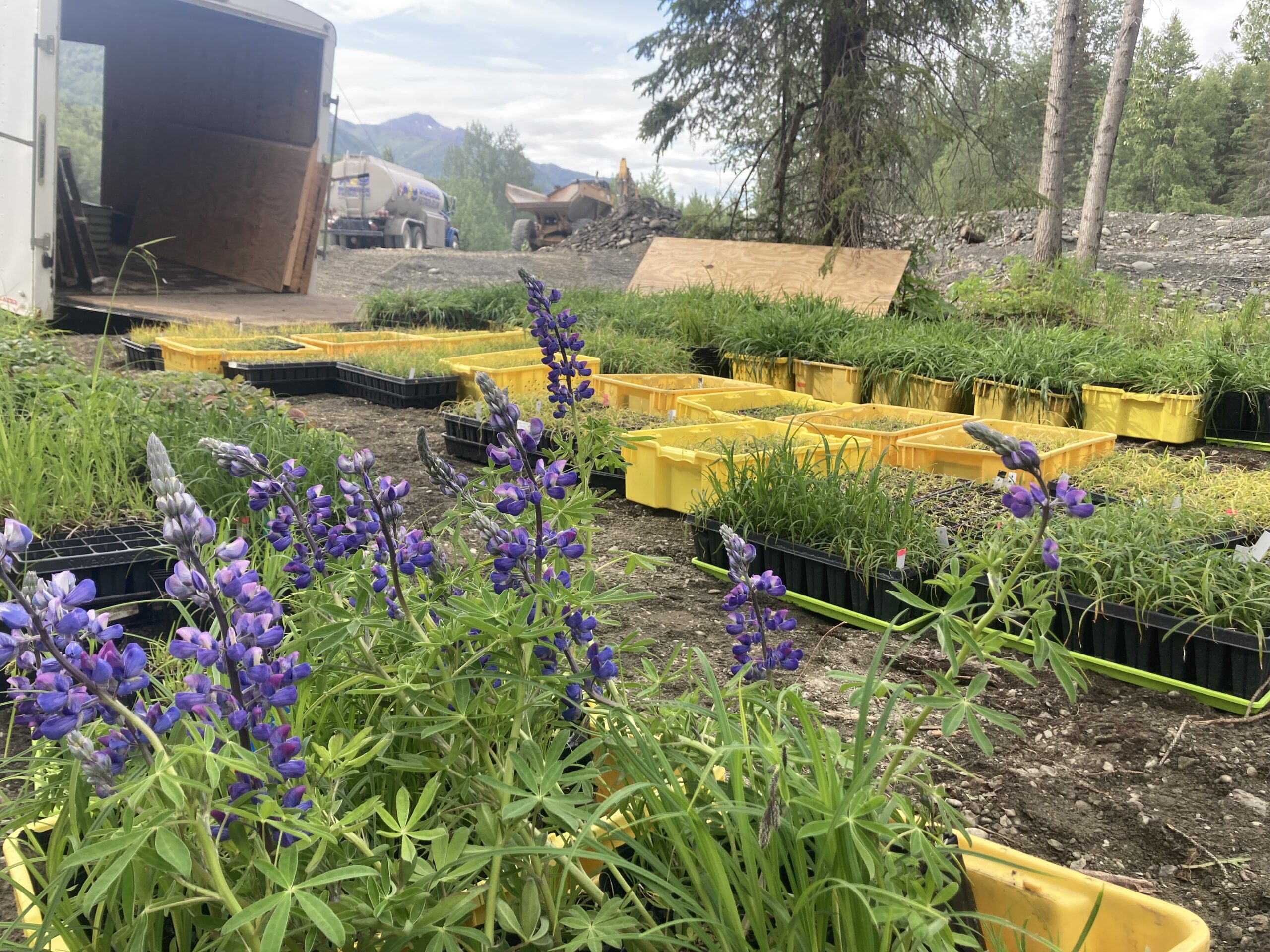
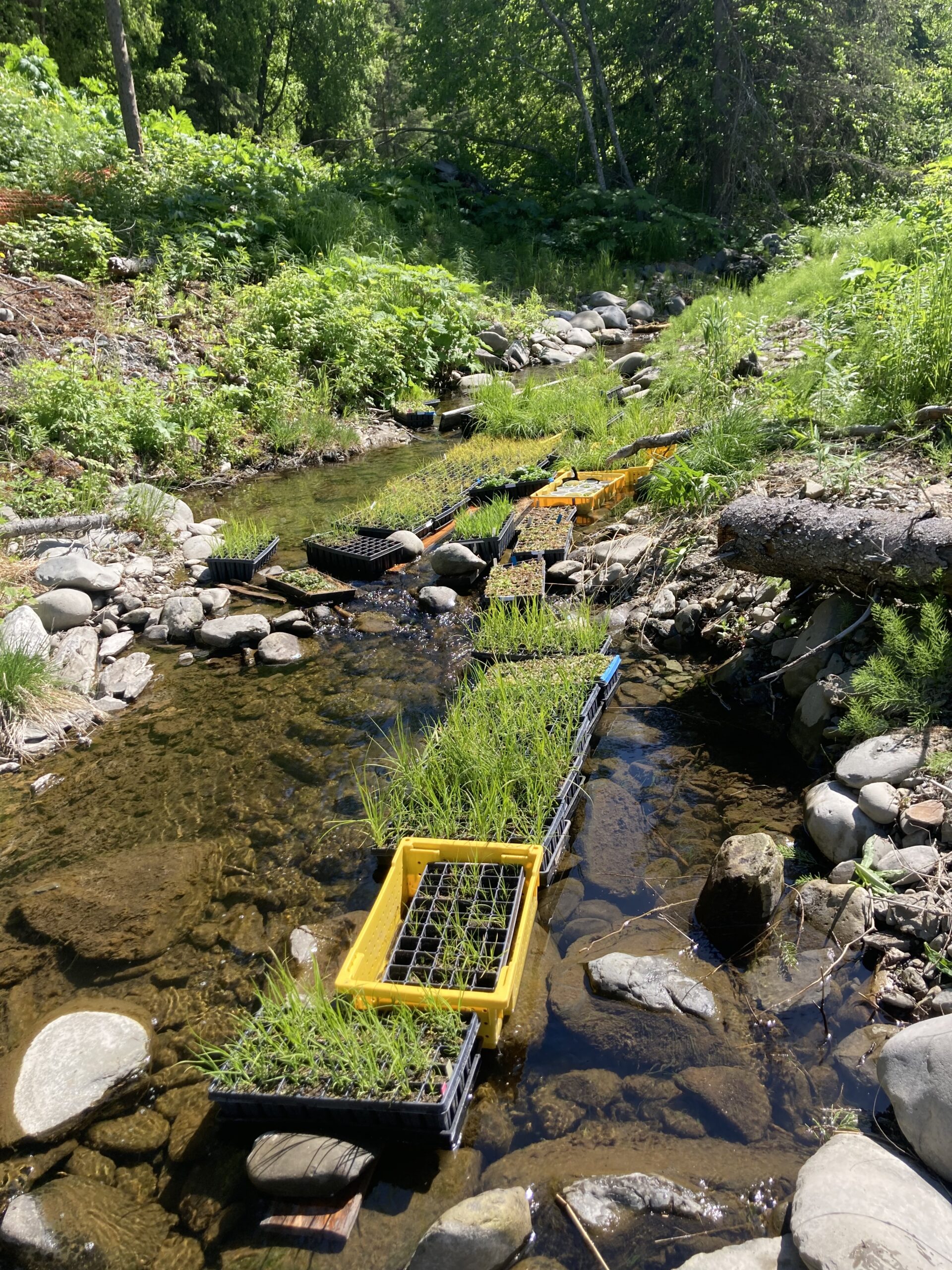
Later that week I helped plant these transplants into a makeshift wetland area. A few weeks previously, thousands of willow stakes had been planted around the terrestrial perimeter of the future wetland. These stakes were already beginning to bud. Below the stakes, where slow moving water met muck, we planted several sedges and a forb including carex mertensii (Merten’s Sedge), carex aquatilis (Water Sedge), and Mimulus guttatus (Monkey Flower). I’ve spent seasons working on farms and planting gardens, but I had never planted in the muck before. Surprisingly, it was incredibly enjoyable and satisfying. A feeling of gratification swept over me afterwards when I got to see a previously gray and brown mudscape promisingly carrying dapples of bright green life.
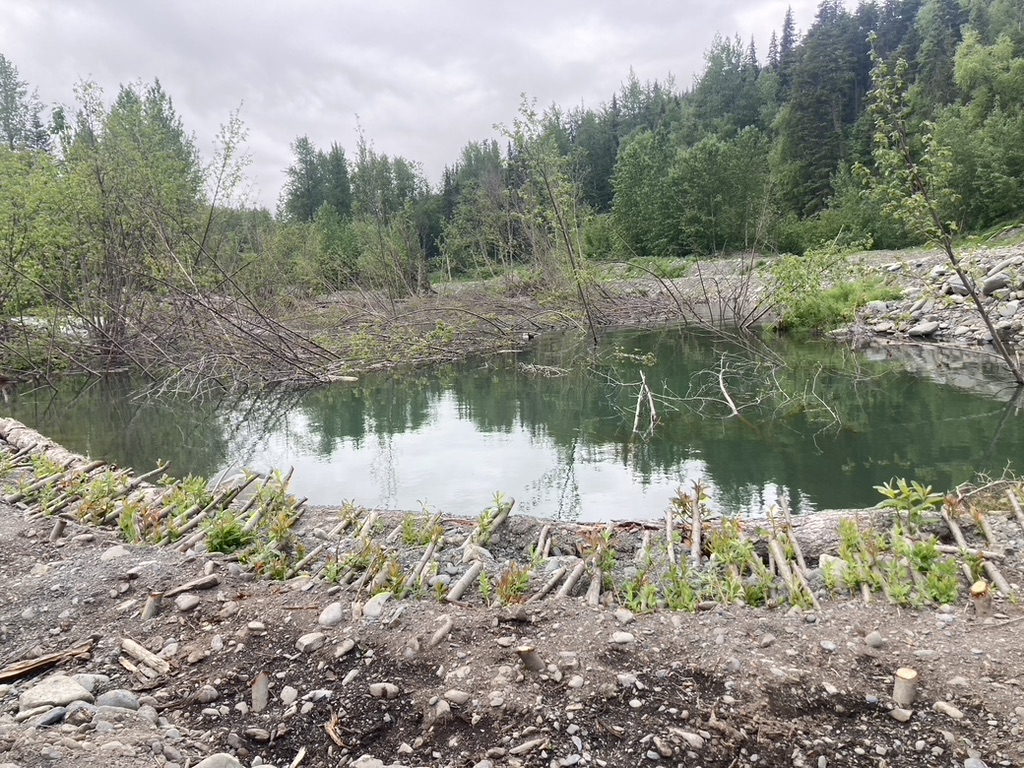
It was captivating to think about how the species we just planted on the landscape might exist and maybe even thrive and adapt there for potentially hundreds or thousands of years to come. It felt strange to play such a powerful role in the future of a landscape like that, though. We were shaping and cultivating the foundation of an ecosystem. Something about that felt like we were wielding too much power and control. But simultaneously, the feeling that came after planting those riparian species caught me off-guard. Whether that was because my actions were truly beneficial to the ecosystem at large or simply because I perceived them to be, I’m not sure. But it was surprising that such a seemingly small action could have such a palpable and positive impact on my spirit. Because of the scale and complexity of environmental and social issues we face in the world today, I am deeply critical about the actual and longterm effects that restoration projects have in an area. But I must admit that I felt cautiously hopeful after the planting…maybe humans can have a truly beneficial impact on their surroundings, I thought. Maybe this is an example of it.
One thing I can say for sure is that after planting native sedges and grasses in Resurrection Creek, I suddenly felt an incredibly deep connection with, and a building sense of care for the wellbeing of this place and ecosystem. I felt ready and inspired to begin getting to know these native plants on a more intimate level, and to start gathering their seeds for the future foundation of this ecosystem.
